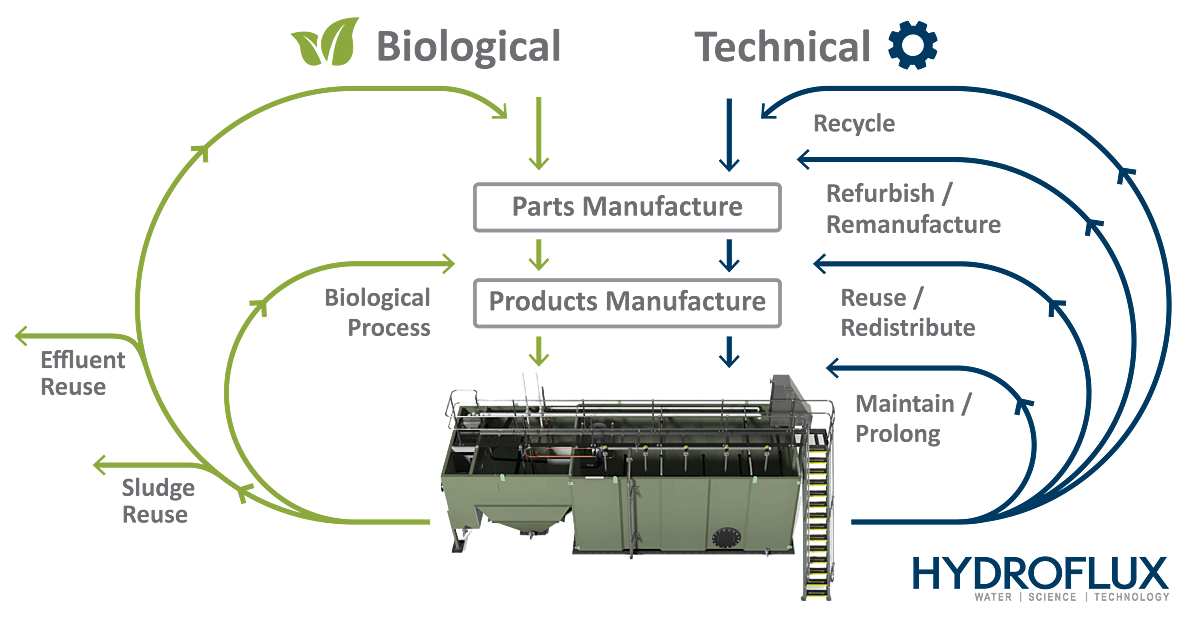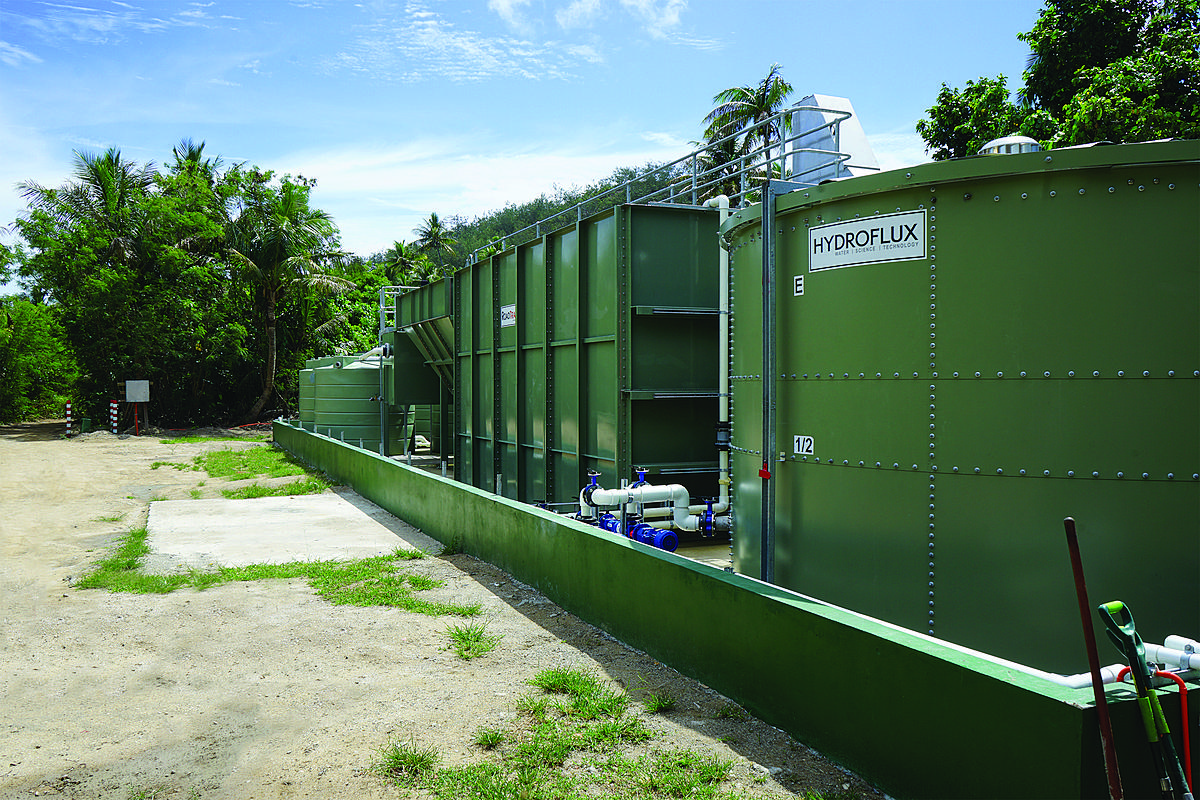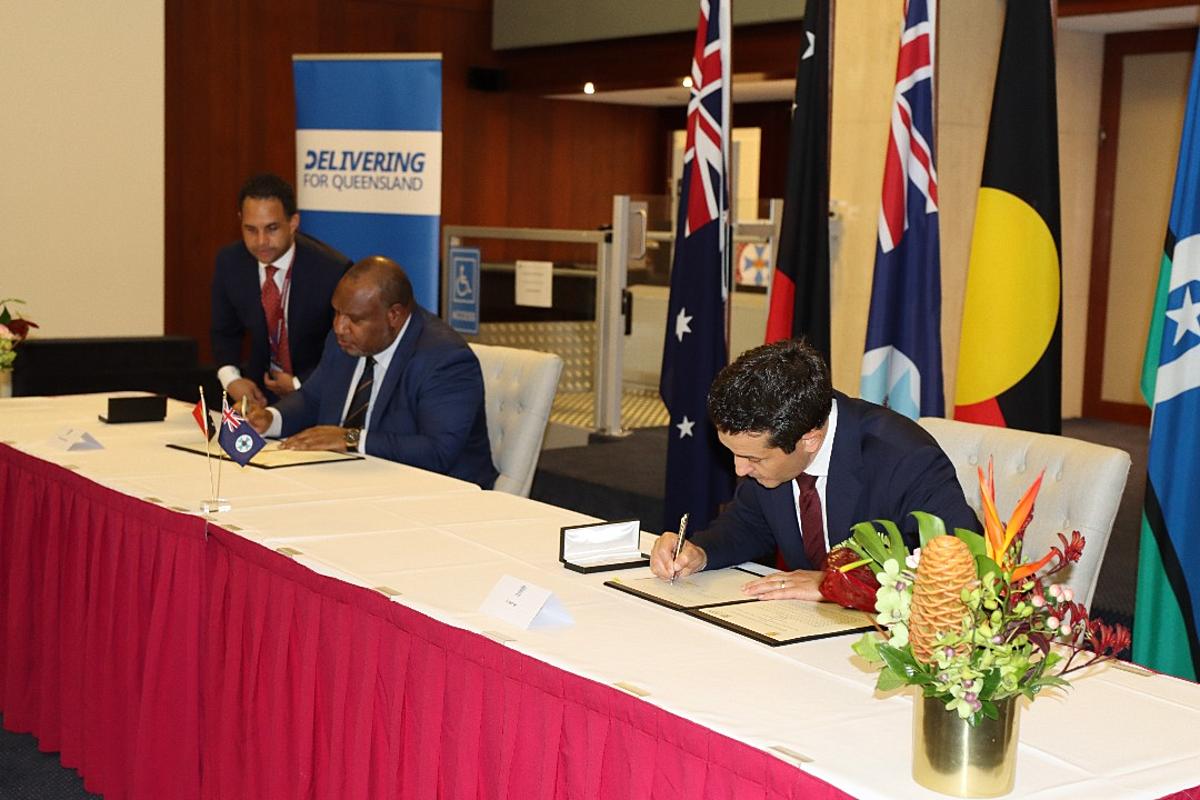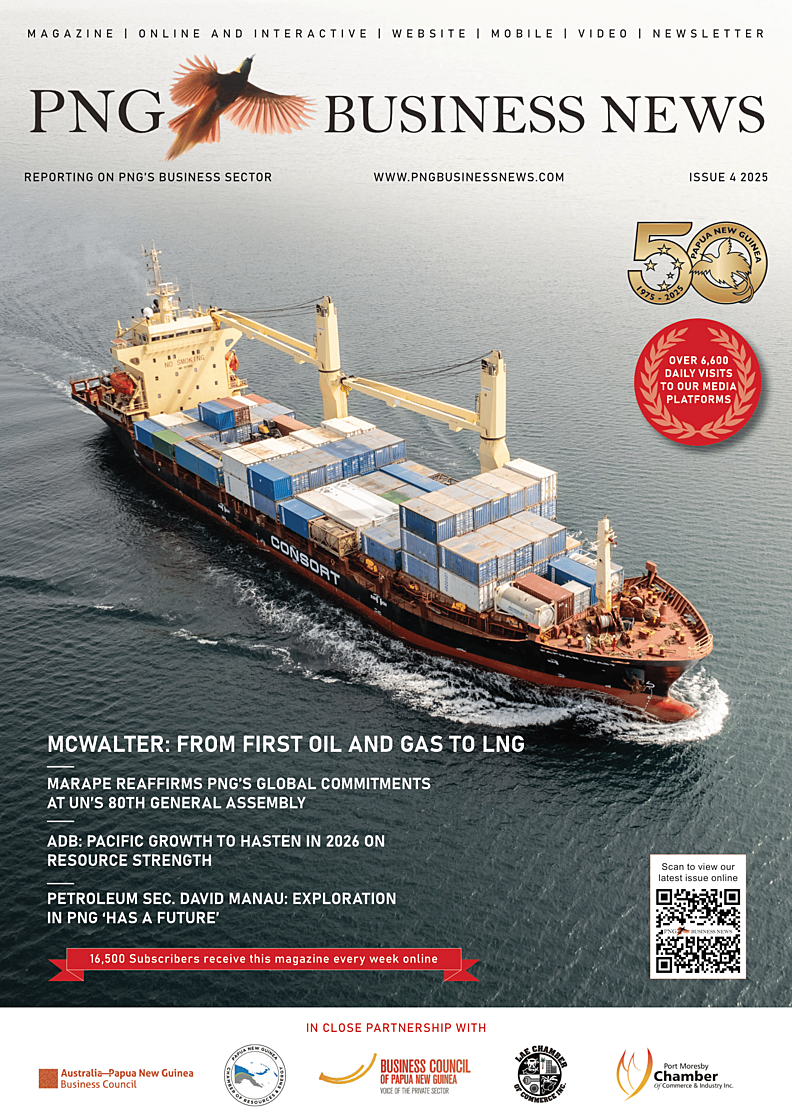Think of two words, sewage and nutrients. Now create a mental picture that puts them together in a context that makes sense for you. For most people, the picture they create is some form of liquid that is beneficial to the growth of plants.
Yes, effluent reuse on landscapes is one of the biological nutrients that can spin out of sewage treatment, but there are so many more nutrients, and the majority of them are known as technical nutrients derived from rethinking and improving business processes.
It is organisations, like Hydroflux Epco where thinking of design as an opportunity to develop technical nutrients who will make the real difference in combating climate change. Developing technical nutrients is achieved by designing out wasteful processes, keeping products in operation longer and considering processes to regenerate natural systems.
Biological nutrients are the natural by-products of a process that can be consumed by something. Sewage treatment has two of these in effluent and sludge. Effluent can be reused on landscaping, toilet flushing and dust suppression while sludge can be reused after composting, as a soil amendment for projects such as reforestation of mining leases.
Technical nutrients are the alternative business processes that contribute positively to reducing the negative impact of a product on its environment. In this instance we are referring to a product’s environment as its impact on people, the planet and prosperity.
These three perspectives are known as the triple bottom line and Hydroflux Epco considers all three when designing projects for decentralised solutions in water and wastewater. Decentralised solutions are often very remote and if not considered appropriately they can have a significantly negative impact due to the tyranny of distance.
Using the Hydroflux Epco RoadTrain® decentralised wastewater system as the example we can demonstrate both biological and technical nutrients being generated. Biological nutrients were covered above so now let us look closer at the technical nutrient side of the butterfly diagram in the infographic.
One of the first circular design objectives is to keep a product in operation for as long as possible. The robust construction of the RoadTrain® using 6mm thick steel combined with advanced coatings means the Hydroflux Epco plant is designed to last more than thirty years. Most cheap alternatives are lucky to last ten to fifteen.
The manufacture of the RoadTrain® is performed as close to the client site as practical, often in the destination country, which provides economic value to the local community and reduces unnecessary CO2 generated by excessive transport.
Decentralised projects also require consideration of the installation and commissioning phase as an opportunity to find hidden nutrients. In the Hydroflux Epco case, local representatives and client crews are engaged to provide installation and commissioning services. A reduction in logistics is achieved by taking advantage of cutting-edge communication to allow engineers on site and in the office to execute a project without leaving their place of origin.
A question often asked, is how to tell the difference between an organisation in the circular economy, and one locked in the linear traditional economy. To find the answer, look for an organisation like Hydroflux Epco who deliberate how their design is going to be prolonged, reused, refurbished and ultimately recycled after it leaves the front gate.
The question you should ask yourself is; will the product continue to produce technical nutrients once the project is completed? If the answer is yes, then you have found a circular product design.
Using the Hydroflux Epco RoadTrain™ as the example.
Earlier we outlined how the RoadTrain is designed to be robust, but the full design has to be considered as well. Hydroflux Epco extends their design thinking to the selection of quality peripheral equipment, appropriate level of automation (as little as possible for very remote sites) and the simplification of the maintenance routine. With appropriate selection there is a higher likelihood of a plant lasting generations if local operators can maintain it easily.
The equipment itself is not the only consideration when thinking about technical nutrients.
Over time, conditions of a site change. Companies get sold or closed and equipment gets removed so it is often critically important for a system to be able to be relocatable and thus reused. Additionally, it is near impossible to predict future compliance regimes so the wastewater plant must have the ability to be augmented if it is to continue to be of value.
RoadTrains® are in service for generations and that means a plant installed in the 1980’s is unlikely to have the same level of compliance as a plant made in the 2020’s. A classic example is a mining client in PNG whose Epco RoadTrain® was installed in 1982. In circular fashion, that system was renovated in 2021 and additional process equipment added so it can remain in service for another 20 years being the design life of the mine.
Expansion of capacity is yet another technical nutrient often overlooked. When expansion is forgotten, a take, make, waste, linear business thinking, of throwing away old equipment occurs. This happens because future expansion is not considered during the initial project phase.
Feedback loops during the design phase ensure that Hydroflux Epco decentralised solutions start with looking at possible expansion plans. Of course, all contingencies can’t be considered but a simple design concept such as leaving room on the site and in equipment design for future stages improves the lifecycle outcome.
Finally, how will the materials be recycled when the lifecycle of the plant has come to an end?
The answer to this question boils down to material selection, and a steel-based plant of any form is a better choice than no recyclable alternatives.
Climate change is here to stay, and we all have an obligation to do what we can to improve our impact on people, the planet and prosperity by considering how we and our organisations design equipment through the lens of both biological AND technical nutrients.







